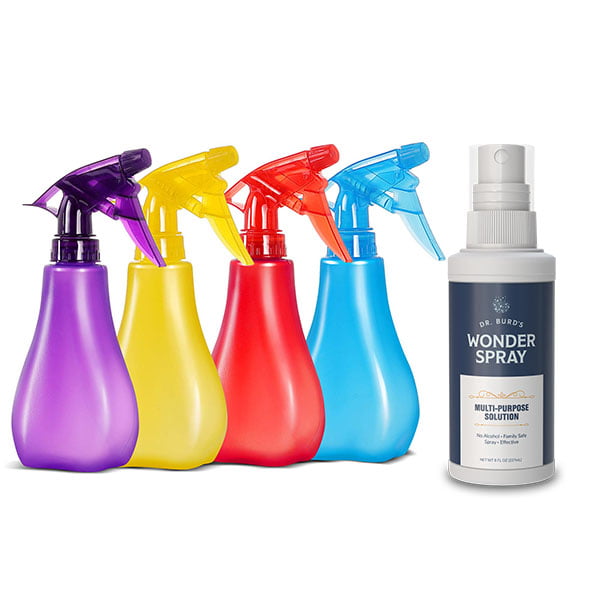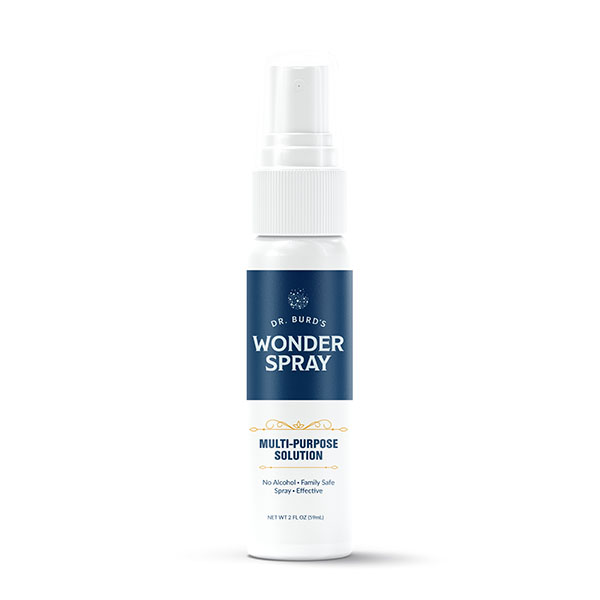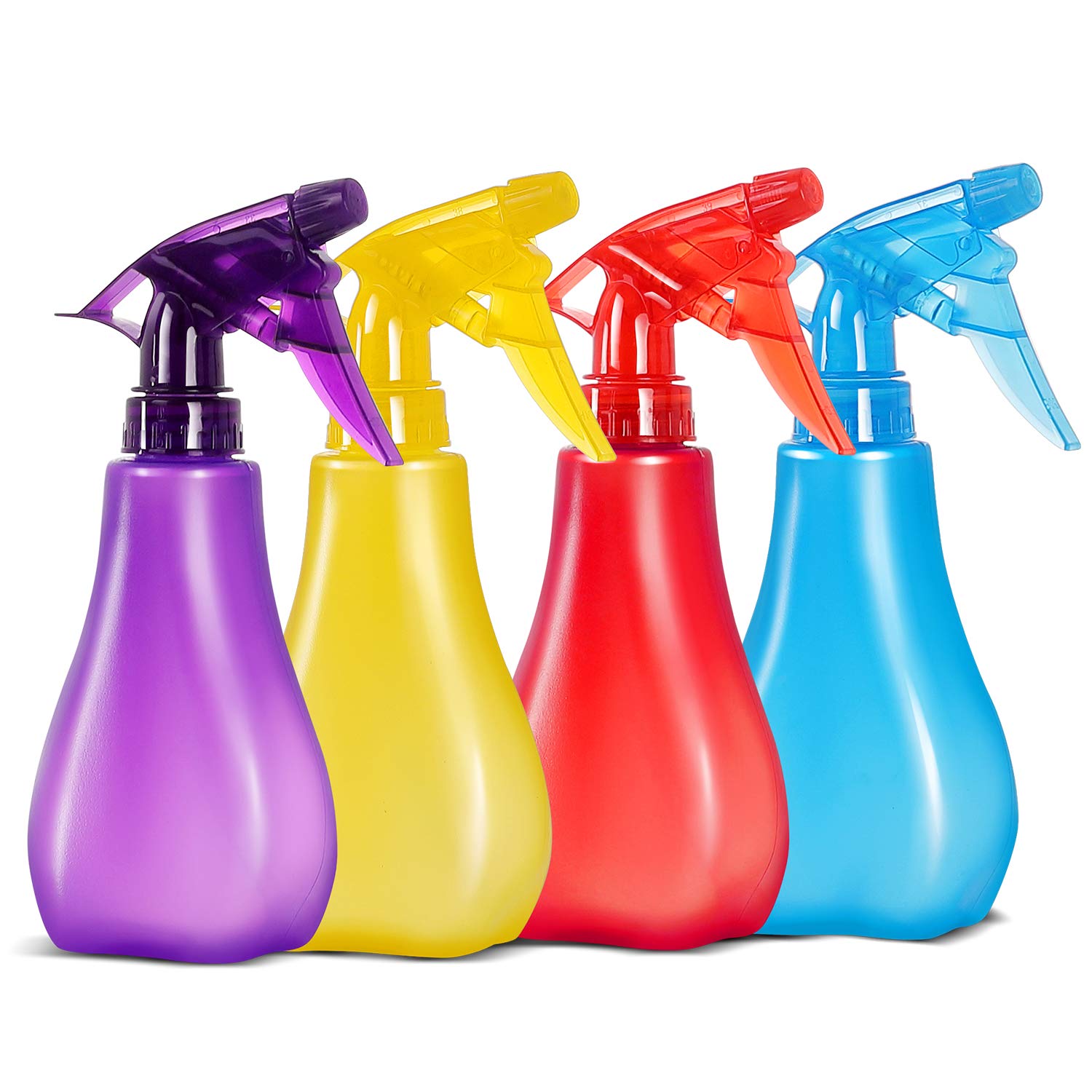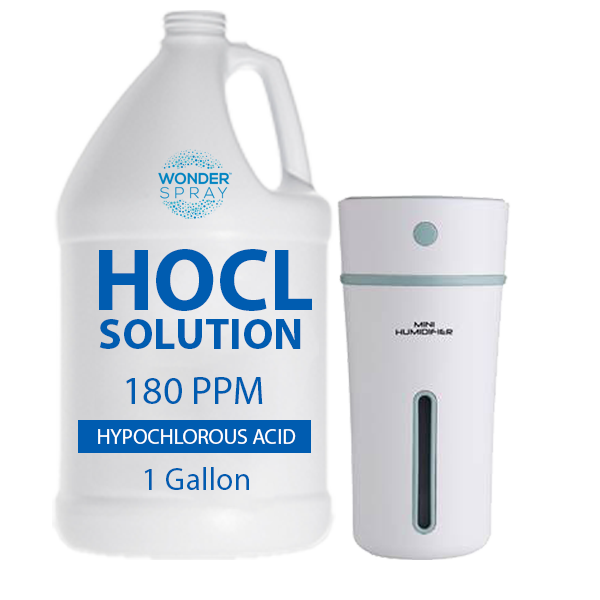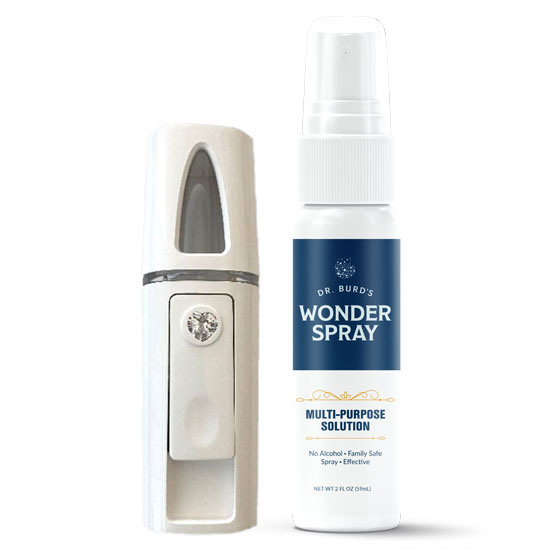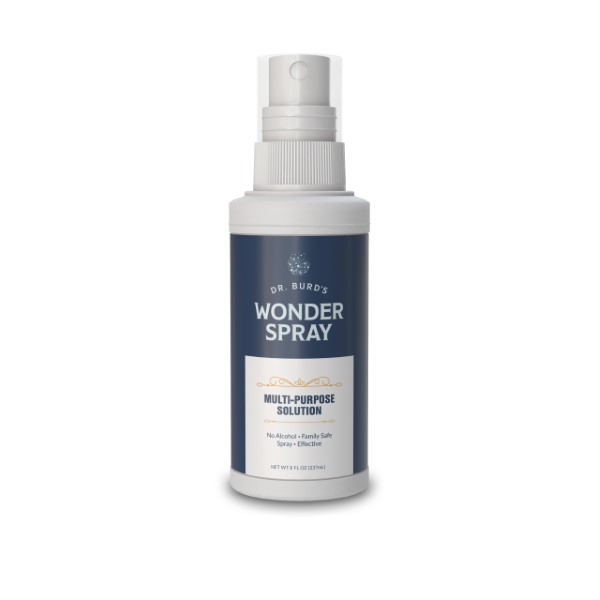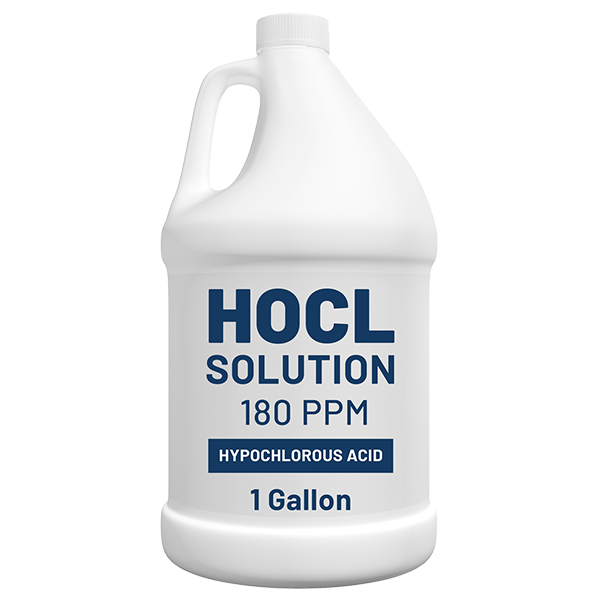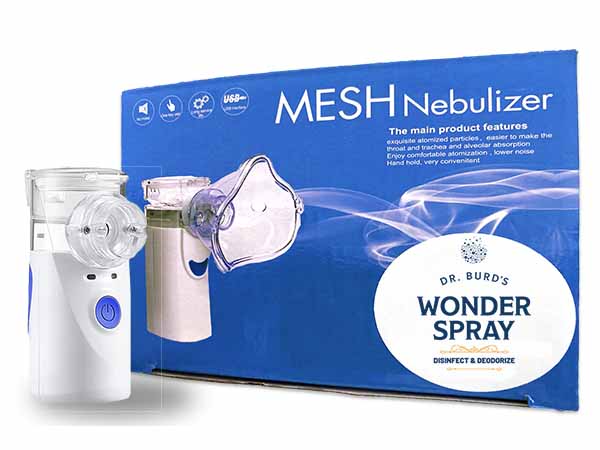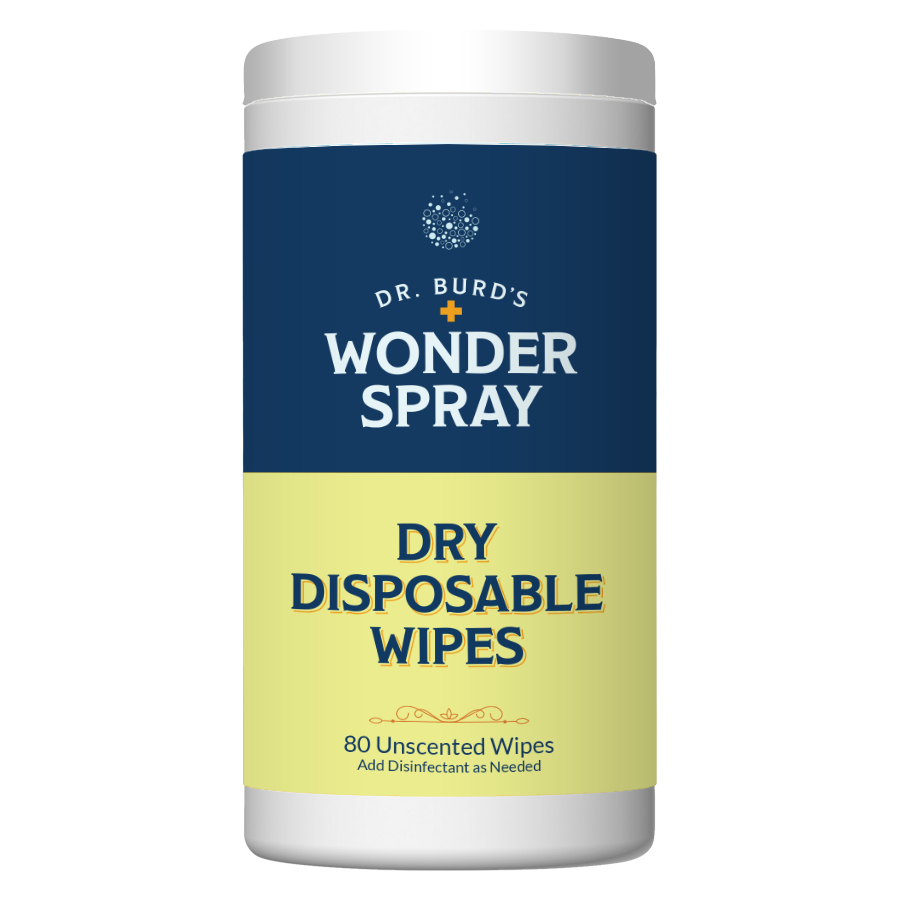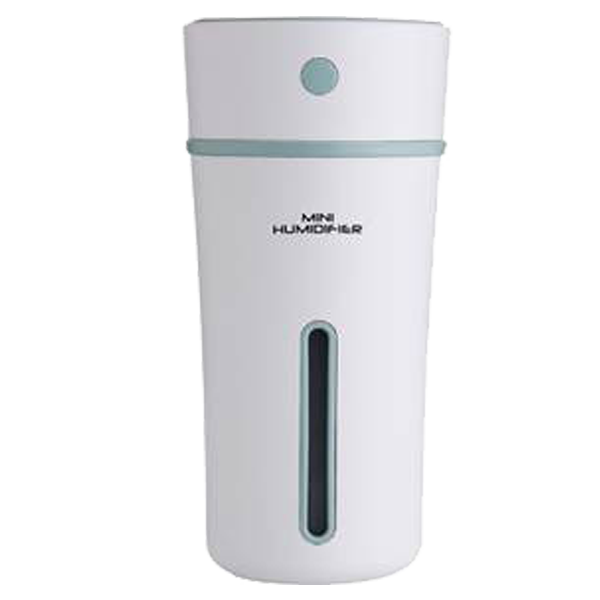HOCl, or hypochlorous acid, is a compound that has gained attention in recent years due to its powerful antibacterial and antiviral properties. It is a weak acid that is formed when chlorine is dissolved in water, and it is considered a mild oxidizing agent. In this article, we will be discussing HOCl molecular geometry for beginners, as well as the benefits of this compound.
Molecular Geometry of HOCl
The molecular geometry of a compound refers to the arrangement of atoms in space. In the case of HOCl, there are three atoms involved: hydrogen, oxygen, and chlorine. The hydrogen and oxygen atoms are both located in the same plane, with the chlorine atom located above this plane. This arrangement is known as a bent or V-shaped molecular geometry.
If we were to compare the molecular geometry of HOCl to a similar compound, such as H2O (water), we would find that they are very similar. In fact, HOCl and H2O have almost identical bond angles (104.5 degrees for H2O and 103 degrees for HOCl). This similarity in molecular geometry is due to the fact that both compounds contain a bent or V-shaped arrangement of atoms.
Benefits of HOCl
HOCl has been shown to have a number of benefits, particularly in the field of healthcare. It is a powerful disinfectant and has been shown to be effective against a wide range of bacteria and viruses, including MRSA, E. coli, and influenza. It is also non-toxic and non-irritating, making it safe for use in hospitals and other healthcare settings.
One of the benefits of HOCl is its ability to destroy biofilms. Biofilms are thin layers of microorganisms that can form on surfaces and can be resistant to traditional disinfectants. HOCl has been shown to be effective in breaking down these biofilms, making it an important tool in preventing the spread of infectious diseases.
HOCl is also effective against spores and fungi. It has been shown to be effective in killing spores of Bacillus anthracis (the causative agent of anthrax) as well as Aspergillus niger (a common black mold). This makes HOCl useful in situations where traditional disinfectants may not be effective.
In addition to its antibacterial and antiviral properties, HOCl has also been shown to have anti-inflammatory properties. It can reduce inflammation in the body by inhibiting the production of inflammatory cytokines. This makes it useful in treating conditions such as acne, eczema, and rosacea.
HOCl has also been shown to be effective in wound healing. It can increase the rate of healing by reducing inflammation and promoting cell growth. It can also kill bacteria that may be present in the wound, reducing the risk of infection.
Conclusion
HOCl is a compound with powerful antibacterial, antiviral, and anti-inflammatory properties. Its molecular geometry is similar to that of water, with a bent or V-shaped arrangement of atoms. It has a wide range of benefits, including its ability to destroy biofilms, kill spores and fungi, and promote wound healing. It is also non-toxic and non-irritating, making it safe for use in healthcare settings. Overall, HOCl is a versatile and effective compound that has numerous applications in healthcare, cleaning, and wound care.
